A new proposal borrows from the principles of quantum mechanics and a technique called “wavelength multiplexing” to hypothesize an ultra-dense new storage format.


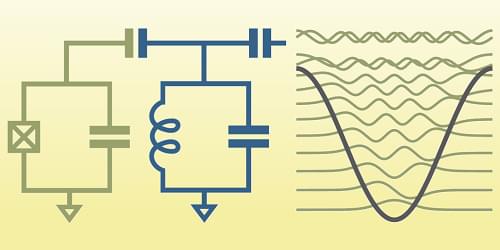
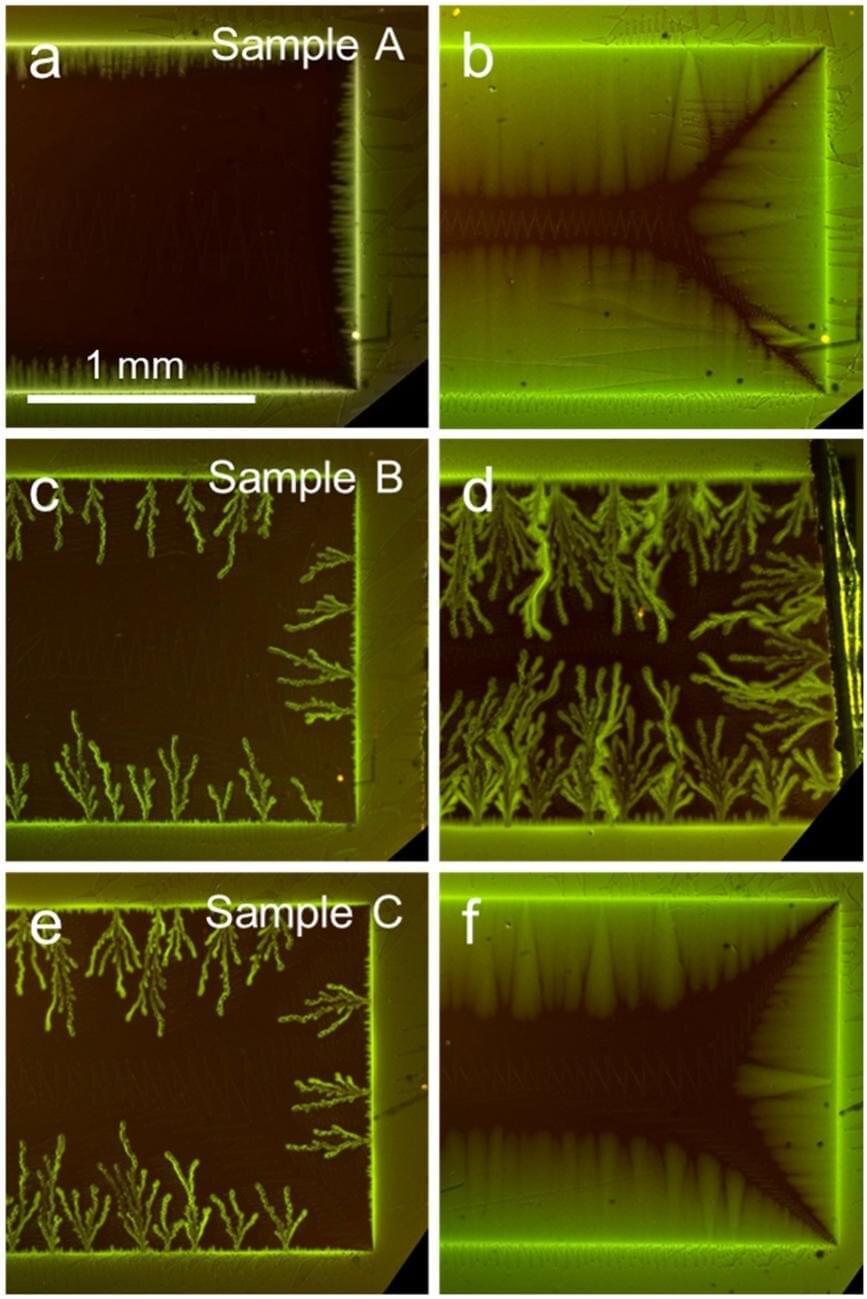
A team of researchers, led by scientist Lin Zhou of Ames National Laboratory, has made important progress towards understanding the role of surface oxides in improving quantum computing circuits performance. Surface oxides are a primary cause of decoherence, or loss of quantum properties in quantum circuits.
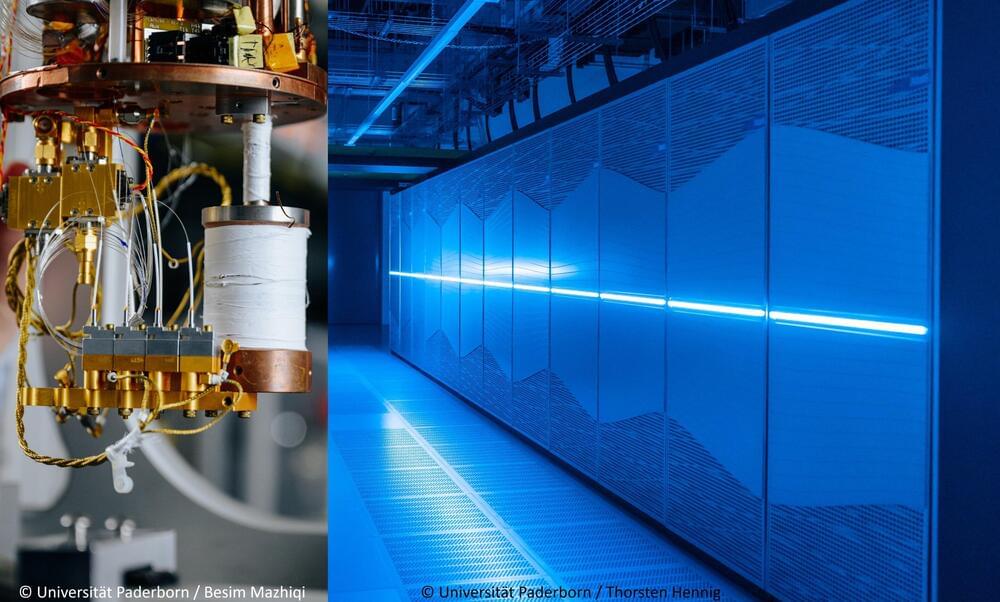
For the first time ever, scientists at Paderborn University have used high-performance computing (HPC) at large scales to analyze a quantum photonics experiment. In specific terms, this involved the tomographic reconstruction of experimental data from a quantum detector. This is a device that measures individual photons.
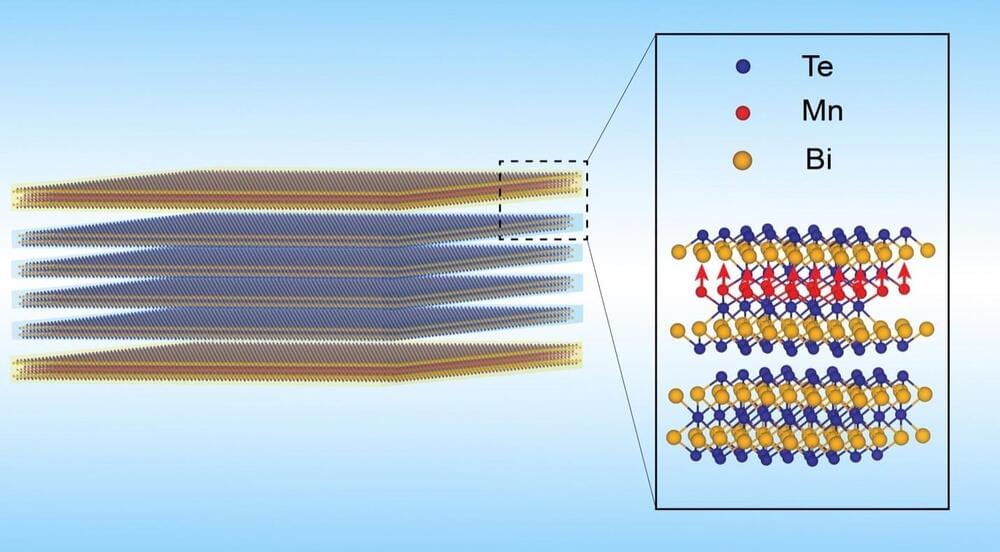
Researchers have developed a new “sandwich” structure material that exhibits the quantum anomalous Hall effect, enabling electrons to travel with almost no resistance at higher temperatures.
This breakthrough could significantly enhance computing power while dramatically reducing energy consumption. The structure is based on a layered approach with bismuth telluride and manganese bismuth telluride, promising faster and more efficient future electronic devices.
Quantum Material Innovations
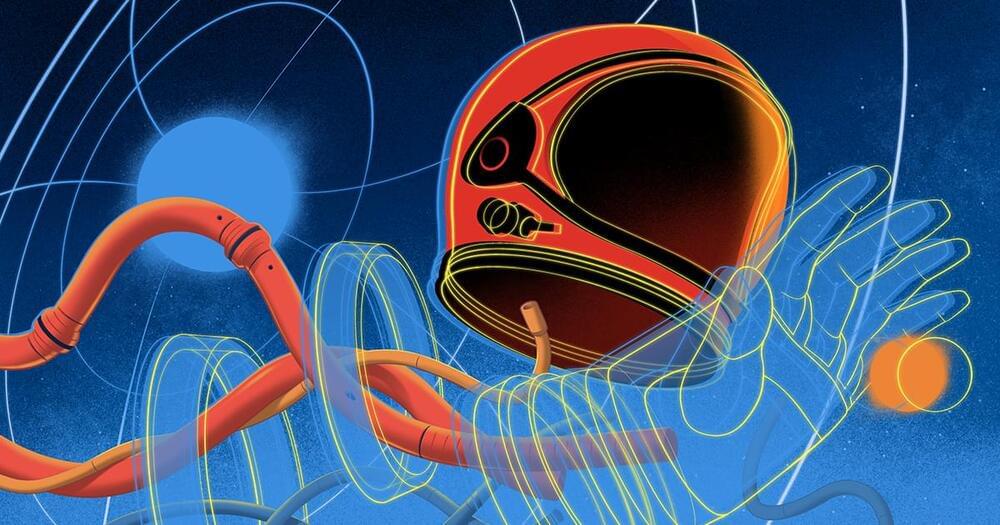
Yes, it’s your Stargate partner-in-whine here to talk about my inability to relax and just give in to a fatty future…instead forcing myself on this horrible devices while I learn… today’s weapon of choice is the Smooth Fitness CE 74.4 Elliptical machine of horror…join me!
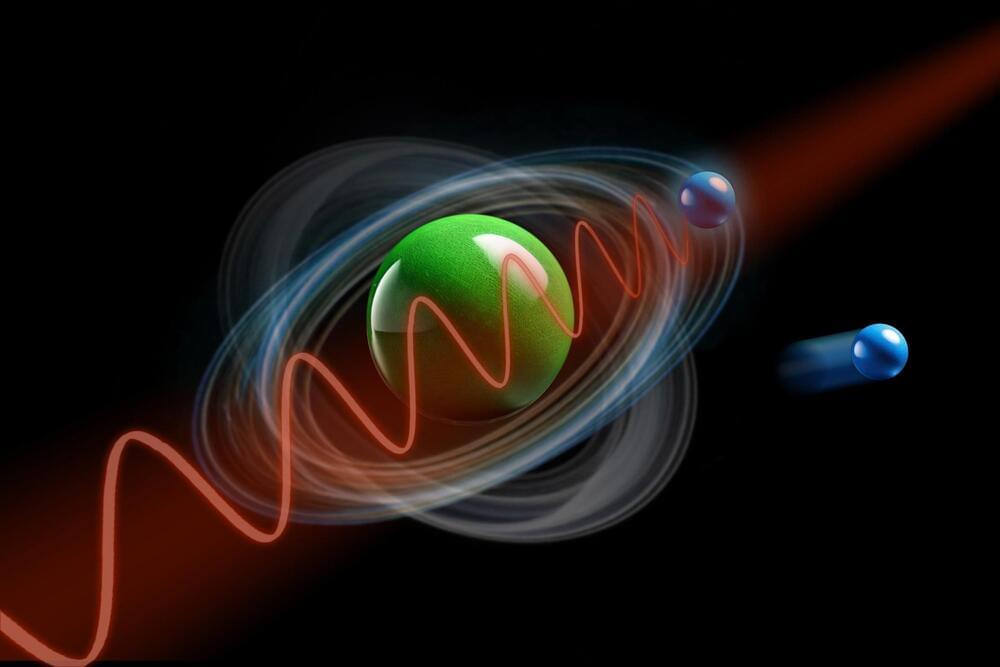
Scientists have developed simulations to investigate the rapid processes of quantum theory, revealing insights into quantum entanglement and its formation.
These findings, which detail how entanglement can be quantified and observed within attoseconds, demonstrate significant advances in understanding the temporal dynamics of quantum events.
Quantum theory and time: unraveling instantaneous effects.
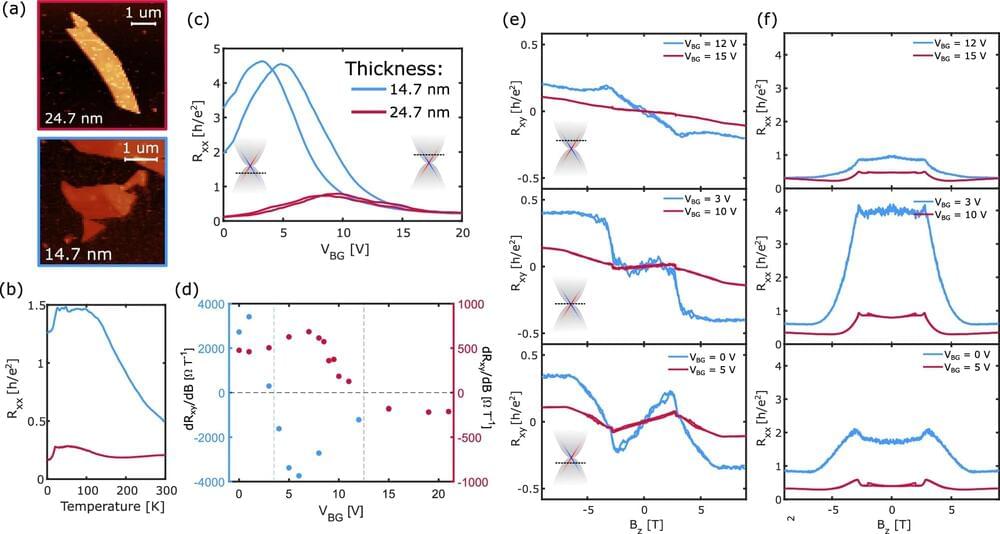
For the first time since the discovery of the material MnBi2Te4 (MBT), researchers at the University of Twente have successfully made it behave like a superconductor. This marks an important step in understanding MBT and is significant for future technologies, such as new methods of information processing and quantum computing.
MBT is a recently discovered material attracting attention due to its unique magnetic and topological properties. In their research, the scientists examined how electricity behaves in the material. The findings are published in the journal Communications Materials.
MBT’s topological properties cause electrons to move only along the edges of the material, and in theory, they should only move in a clockwise direction. However, the experiments at Twente demonstrated that under certain conditions, the electrons can rotate both clockwise and counterclockwise.

These scientists aren’t focused on the existence of quantum entanglement, but are keen on uncovering how it begins — how exactly do two particles become quantum entangled?
Using advanced computer simulations, they’ve managed to peek into processes that happen on attosecond timescales — a billionth of a billionth of a second.
Quantum entanglement is a strange and fascinating phenomenon where two particles become so interconnected that they share a single state.